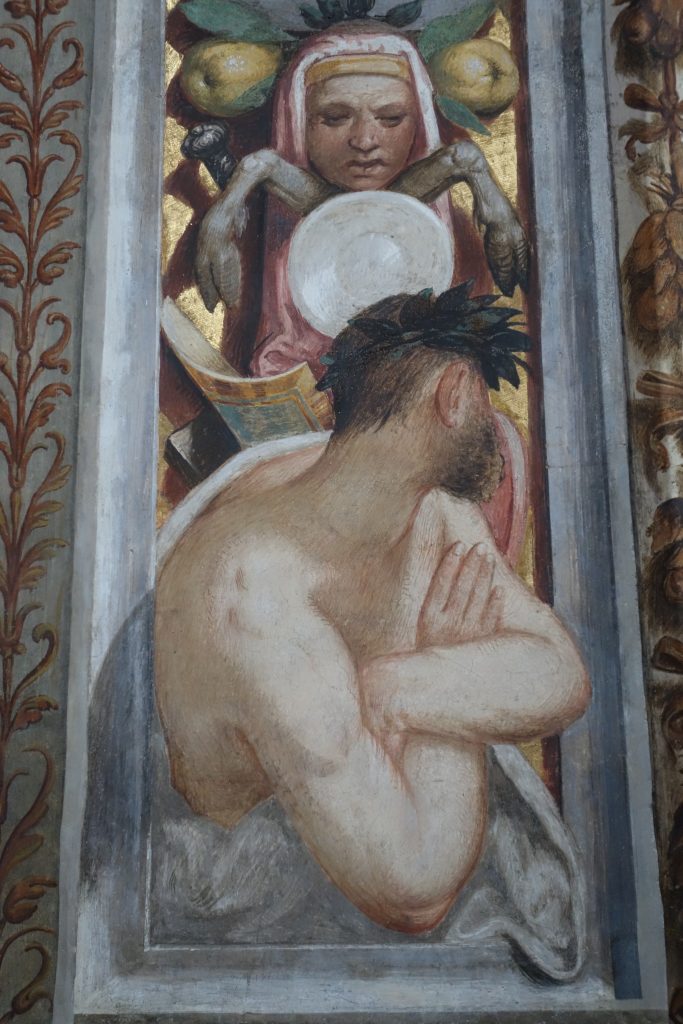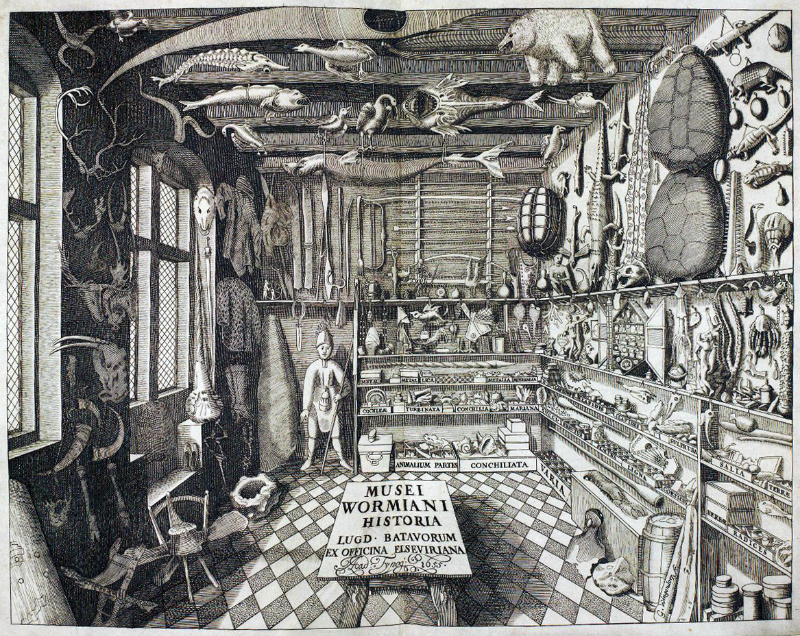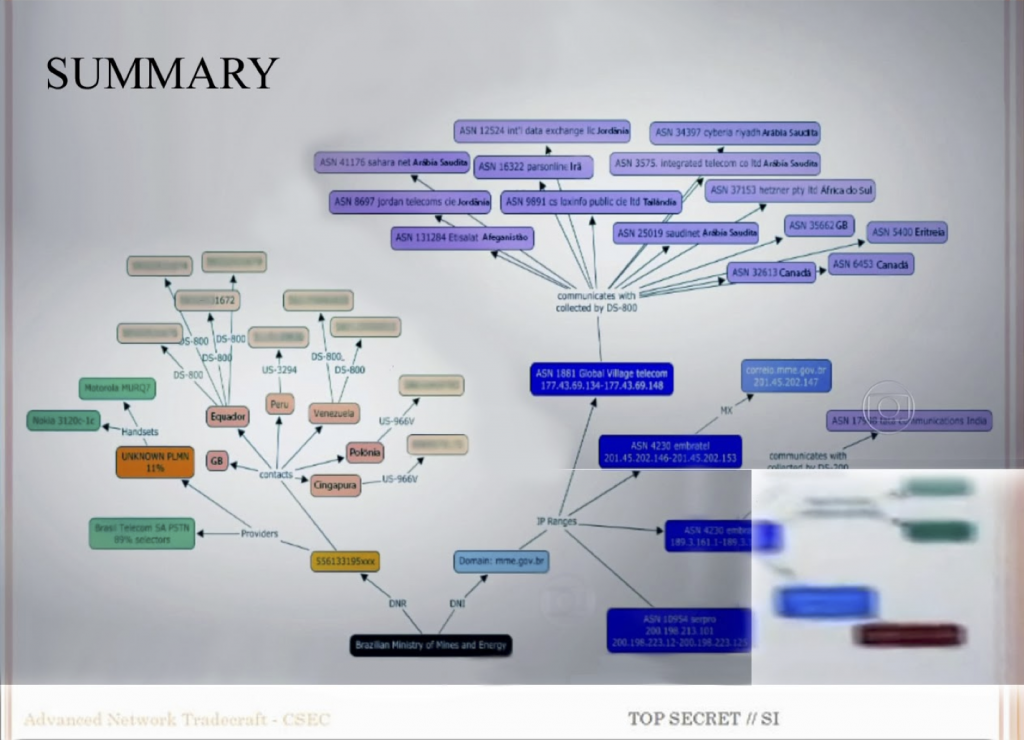
We have been gathering images like the Ole Wurm’s Cabinet that can inspire our thinking about visualization. I gathered some from my travels and share them here (see my Flickr account for more.) The image above is of a detail between chapels on the convent side of San Maurizio in Milan. Not only is it a humorous detail between “important” images, but it also shows someone leaning out and looking at the fresco. This reminds me of Johanna Drucker’s point about portraying the perspective of the viewer back into visualizations. Further, the image shows something common in church frescos: the painting of architectural (3D) detail that couldn’t be afforded. The architectural detail in turn has its own tradition.
I’ll be posting more images.



